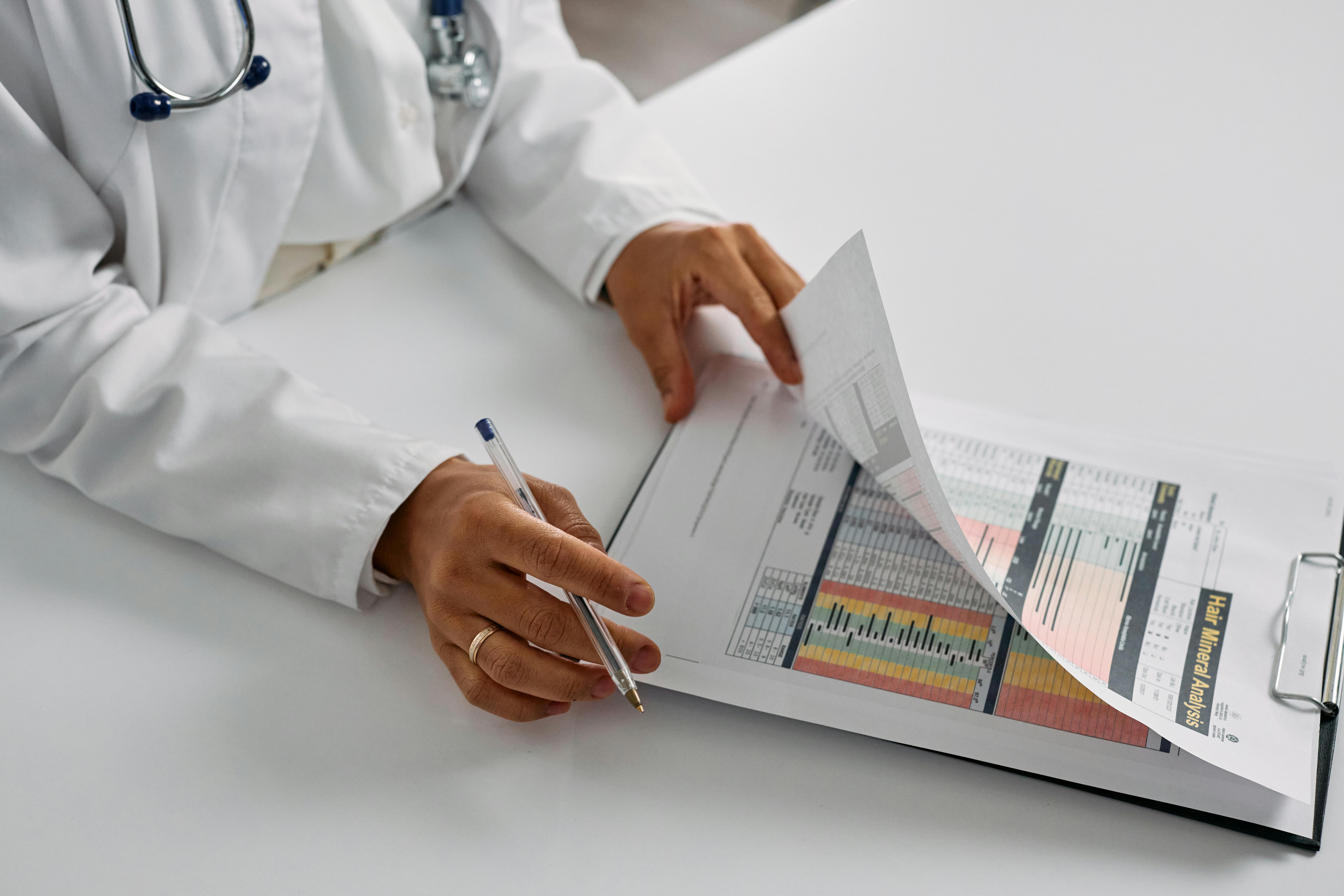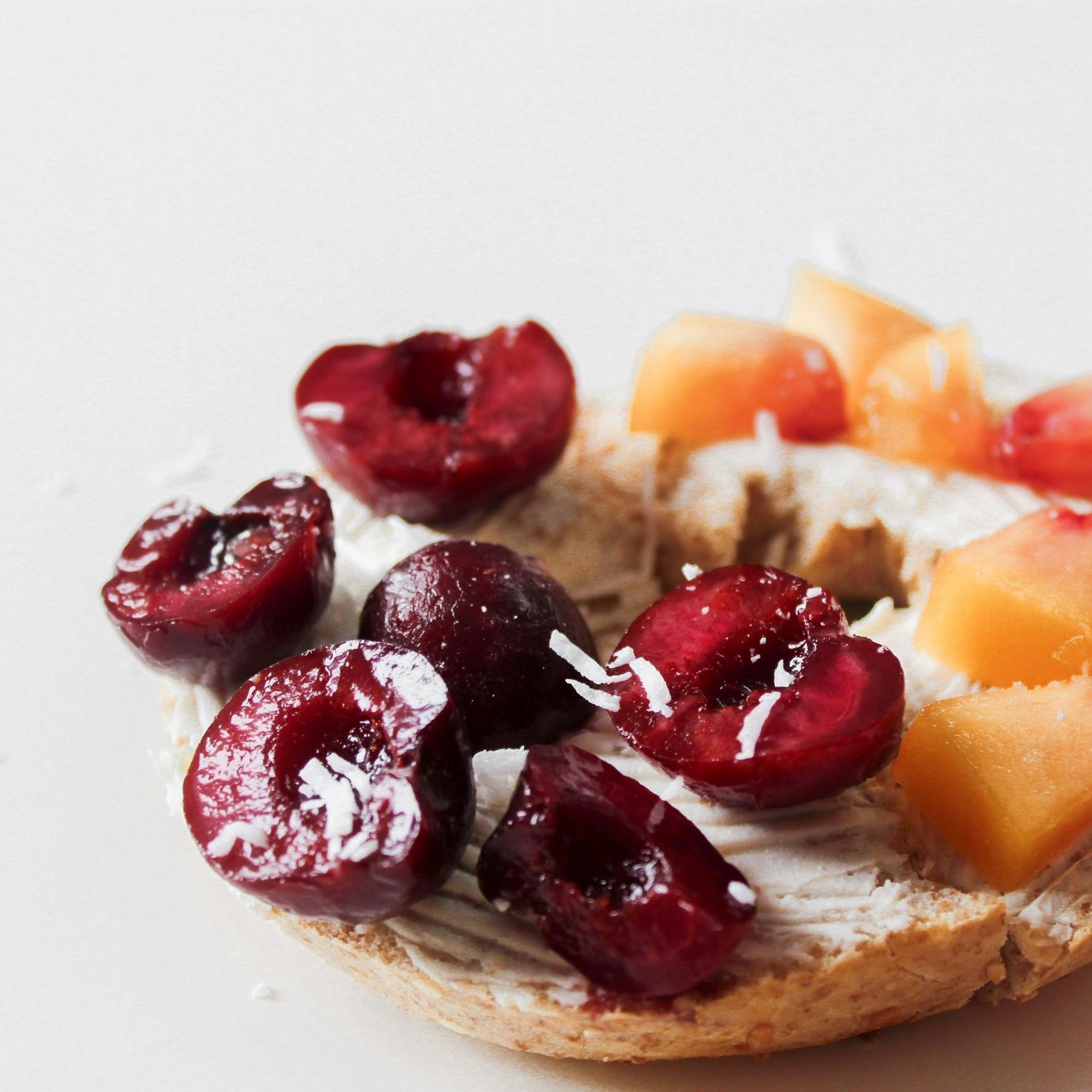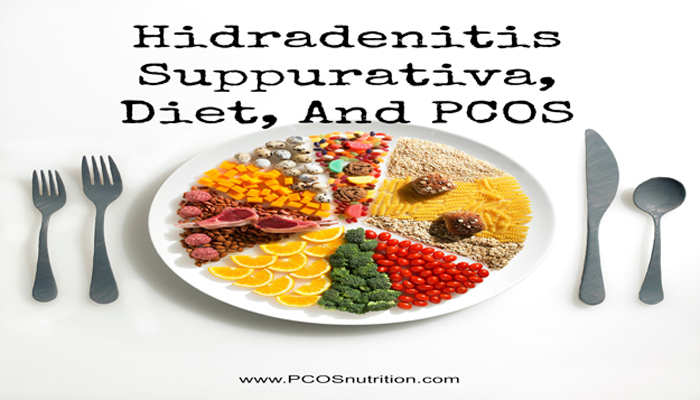
Essential Guide to a Diverticulosis Diet Plan for 2025
Living with diverticulosis can be a challenge, but with the right dietary choices, individuals can manage their symptoms effectively and promote digestive health. A well-structured diverticulosis diet focuses on high-fiber foods while avoiding those that can inflame the digestive tract. This article outlines the best options for a diverticulosis meal plan, highlighting dietary guidelines for diverticulosis, foods to include, and safe eating practices that promote overall well-being.
Understanding what foods to avoid and which ones are safe is crucial in developing a balanced meal plan. The role of fiber intake, hydration, and mindful eating cannot be overstated when it comes to managing diverticulosis symptoms. Below you will find a detailed analysis of the best five options for a diverticulosis diet plan that can be adapted into meal ideas for diverticulosis, helping you build a nutritious and satisfying meal regimen.
Key takeaways include understanding the importance of fiber, the role of probiotics, and how to prepare meals mindfully to support digestive health. Let's explore the first option in detail.
Choosing High-Fiber Foods for Diverticulosis
Incorporating high-fiber foods is essential for anyone managing diverticulosis. Dietary fiber helps to ensure regular bowel movements, aids in digestion, and can alleviate symptoms associated with diverticular disease. Foods that are rich in fiber include whole grains, legumes, fruits, and vegetables.
Best High-Fiber Foods to Include
Some of the best high-fiber foods to include in a diverticulosis diet are:
- Legumes such as lentils, chickpeas, and black beans. These are great sources of protein and fiber.
- Whole grains like quinoa, barley, and oats can improve your digestive health.
- Fruits, especially those with edible skins like apples and pears, provide vitamins and antioxidants.
- Vegetables, particularly leafy greens and cruciferous types, help add variety and taste to your meals.
Portion Control and Balance
When integrating these foods into your diet, it's important to practice portion control. Aim for gradual increases in fiber intake to prevent digestive distress. Pairing high-fiber foods with protein will lead to a more balanced meal, which is essential in managing diverticulosis. Additionally, incorporating hydration is key during dietary changes, as water helps fiber work more effectively in your digestive system.
Building on the importance of fiber, the next step involves considering the types of fibers that are most beneficial for diverticulosis management.
Understanding Soluble vs. Insoluble Fiber
Fiber types play distinct roles in the management of diverticulosis. Soluble fiber dissolves in water and forms a gel-like substance, influencing digestion positively and helping regulate blood sugar levels. Insoluble fiber adds bulk to stool, aiding in bowel movement regularity.
Food Sources of Soluble Fiber
Foods high in soluble fiber include:
- Oats: Often a great breakfast choice, oats can be included in smoothies as well.
- Barley: Adds a pleasant texture to soups and stews.
- Legumes: Renowned for their fiber content, legumes are excellent in salads and as side dishes.
Food Sources of Insoluble Fiber
Insoluble fiber can be found in:
- Whole grains: Such as brown rice and whole-wheat bread.
- Nuts and seeds: Providing healthy fats and fiber, these can be great as snacks.
- Vegetables: Particularly the skin of potatoes and vegetables like broccoli and Brussels sprouts.
By combining soluble and insoluble fibers, you foster an effective digestive environment while managing diverticulosis symptoms. This brings us to another essential element in the management of diverticulosis – hydration.
The Importance of Hydration in Diverticulosis
Staying hydrated supports overall health and is vital in maximizing the effectiveness of a high-fiber diet. Water helps to soften the stool, ensuring that fiber can do its job without causing discomfort.
Hydration Guidelines
Aim to drink at least eight glasses of water daily. Here are a few suggestions for maintaining hydration:
- Set reminders to drink water throughout the day.
- Incorporate hydrating foods like cucumbers and watermelon into your diet.
- Consider herbal teas or broths as additional sources of fluids.
Impact on Digestive Health
Proper hydration helps prevent constipation, a common issue for those with diverticulosis. By ensuring that you are drinking enough water, you can reduce the risk of irritation during bowel movements. It’s also essential to increase fluid intake gradually when modifying your diet to keep bowel movements consistent and comfortable.
After successfully implementing hydration, addressing the types of carbohydrates in your diet will further enhance your managing strategy.
Incorporating Digestive-Friendly Carbohydrates
Choosing the right carbohydrate sources can directly impact your digestive health while managing diverticulosis. Opt for complex carbohydrates that provide nutrients and fiber without causing irritation.
Recommended Carbohydrates
Some great options include:
- Quinoa: A versatile grain that's gluten-free and rich in protein and fiber.
- Brown rice: Offers more fiber than white rice and helps in digestion.
- Whole grain pasta: A delicious alternative to refined pastas.
Avoiding Simple Carbohydrates
While developing a meal plan for diverticulosis, it's wise to limit simple carbohydrates found in sugary snacks and processed foods. These can lead to bloating and discomfort, exacerbating diverticulosis symptoms. Opt for snacks like high-fiber fruits or whole grain crackers instead.
The next critical aspect involves addressing what foods to avoid if you’re trying to manage diverticulosis effectively.

Foods to Avoid with Diverticulosis
It’s vital to steer clear of certain foods that may exacerbate diverticulosis symptoms or lead to complications. Understanding these foods is crucial for creating an effective diverticulosis meal plan.
Commonly Discouraged Foods
Some foods often recommended to avoid include:
- Seeds and nuts: Though they contain healthy fats, their small size can pose a risk of getting stuck in diverticula.
- Processed foods: High in sugars and refined flours, they may aggravate symptoms.
- Spicy foods: Can lead to irritation in the digestive tract, inducing flare-ups.
Mild Diverticulitis Foods
For those experiencing mild diverticulitis, it's generally best to follow a low-residue diet temporarily. This involves eating fewer fibrous foods until inflammation is resolved. Foods such as white rice, boiled potatoes, and yogurt can provide dietary relief while minimizing strain on the digestive system.
Moving forward, it is beneficial to focus on meal planning strategies that encompass nutritious options while adhering to dietary guidelines for diverticulosis.
Meal Planning Strategies for Diverticulosis
Efficient meal planning can make managing diverticulosis simpler and more effective. Focusing on compliance with dietary guidelines can ensure you enjoy delicious meals while prioritizing your health.
Creating a Balanced Meal Plan
Start with these steps:
- Prepare a weekly menu comprising fiber-rich foods and hydration strategies.
- Maintain a balanced intake of proteins, carbohydrates, and healthy fats.
- Incorporate variety to prevent monotony and keep meals exciting.
Cooking Methods to Consider
Choosing appropriate cooking methods can enhance the digestibility of foods. Opt for:
- Steaming or boiling vegetables to retain nutrients while ensuring they are soft.
- Baking or grilling lean proteins to avoid excess fat.
- Using slow cooking for stews and soups that combine various nutritious ingredients.
With a well-planned diet, it is easier to manage diverticulosis symptoms and prevent complications. Adding authentic recipes designed for digestive health can elevate your meal experience.

Delicious and Healthy Recipes for Diverticulosis
Including tasty, easy-to-make recipes in your diet plan can encourage adherence to dietary guidelines for diverticulosis while keeping meals enjoyable.
High-Fiber Smoothie Recipe
This fiber-packed smoothie is a great way to incorporate fruits and hydration:
Ingredients:
- 1 banana
- 1/2 cup quinoa cooked
- 1 cup spinach
- 1 cup almond milk
- 1 tablespoon almond butter
Instructions:
Blend all ingredients until smooth. Enjoy as a nutritious breakfast or snack.
Legume Salad Recipe
This refreshing salad provides protein and fiber:
Ingredients:
- 1 can of chickpeas, rinsed and drained
- 1 diced cucumber
- 1/2 cup cherry tomatoes, halved
- 1/4 cup parsley, chopped
- 1 tablespoon olive oil
- Salt and lemon juice to taste
Instructions:
Mix all ingredients in a bowl and serve chilled.
Incorporating these recipes into a diverticulosis diet not only fulfills nutritional needs but also keeps meal prep exciting and varied. Lastly, let’s examine some practical questions regarding diet and diverticulosis.
Common Questions About the Diverticulosis Diet
What should I include in my diverticulosis diet?
Focus on high-fiber foods, hydration, and a balance of macronutrients while avoiding processed and spicy foods.
Are there specific foods to avoid to prevent diverticulitis?
Yes, avoid seeds, nuts, and highly processed foods, which can aggravate your condition.
How much fiber should I aim for daily?
Generally, aim for at least 25 to 30 grams of fiber daily, but consult with a healthcare provider for personalized recommendations.
Can I have probiotics in my diet?
Yes, including probiotics may help promote gut health, so consider yogurt and fermented foods.
What role does hydration play in managing diverticulosis?
Staying hydrated helps fiber function properly in your digestive system, combating constipation and promoting regularity.
```